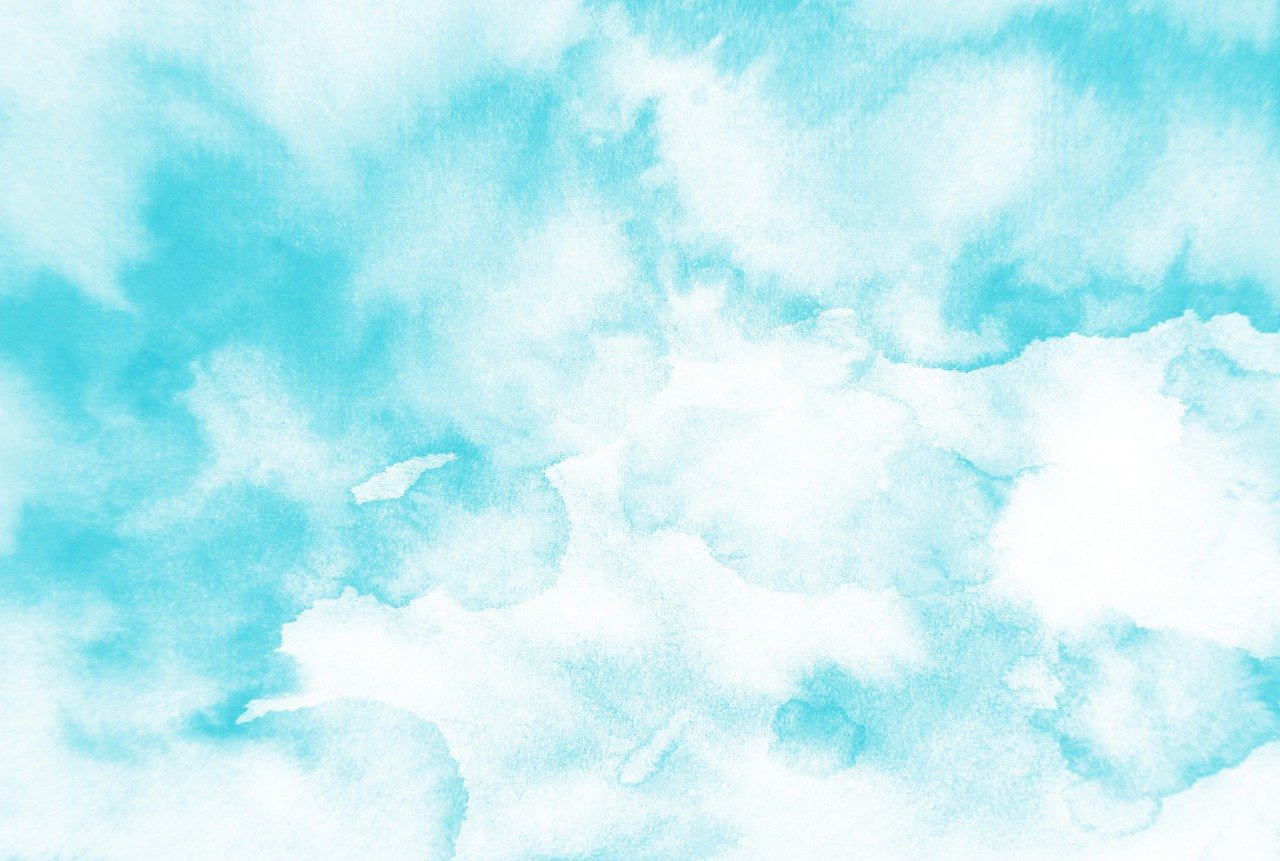
Name: Lisa Waters
Location: Georgia, United States
Child’s Birth Year: 2017
Keywords: Cerebral Palsy, Communication Challenges, PTSD & Mental Health, Pregnancy After HIE
At the time of Lisa’s pregnancy with Amelia, she was thirty-five years old, and she and her husband had been married for eleven years. They lived in the Washington, DC, area, where Lisa worked as a lawyer. After all those years of marriage, Lisa and her husband were overwhelmed with excitement at the prospect of becoming parents. Because Lisa had an essentially perfect pregnancy, she never expected her labor and delivery to be any different. On the night of Thanksgiving 2017, when Lisa felt a strange sensation just a day before her due date, she remembers thinking how fitting it would be if she gave birth that day—for Amelia would be what she was thankful for each and every day.
When Lisa arrived at the hospital, she was already 9 cm dilated. After the on-call OB broke Lisa’s water, there was meconium in the fluid. Lisa was in active labor for almost fifteen hours, and unbeknownst to her, Amelia began having heart decelerations. It wasn’t until the next day that the doctors decided an emergency C-section was necessary. Amelia was born not breathing at all, and it took the doctors ten minutes to even get a faint heartbeat. Immediately after birth, Amelia was transferred from the hospital in Northern Virginia to a larger children’s hospital in DC to undergo hypothermic cooling.
After three days of cooling, Amelia’s MRI showed very minimal damage to the basal ganglia. The head neonatologist told Lisa and her husband that Amelia wouldn’t have any lasting effects from the injury—there was no reason why she shouldn’t resemble a neurotypical child. But as Amelia grew older, it became increasingly clear that this prediction didn’t match the reality. Now, at three-and-a-half years old, Amelia can crawl a little bit and W-sit (sitting on her bottom with her knees bent and feet positioned outside of her hips), but she is nonverbal and nonmobile. To have been given a false sense of certainty that Amelia would walk and talk and then to have that not come true has been heartbreaking. Lisa wishes that, instead, the neonatologist had admitted to uncertainty, rather than offering a definitive prognosis. The conversation made it seem like Amelia’s eventual ability to walk and talk defined the value of her life. In the future, Lisa hopes healthcare providers will be sensitive to the fact that, even if those milestones are not reached—even if a child goes on to have disabilities—life can still be good and filled with hope. It is essential that providers are intentional and cautious with the words they choose. More likely than not, the way a child’s future is talked about will largely frame the way parents perceive the journey ahead of them.
It was really hard for Lisa to cope in the beginning months after Amelia’s birth. She wished she could just have been happy that Amelia was here, like her husband was. Yet, Lisa couldn’t help but worry about what Amelia’s developmental trajectory would look like. From the time Amelia was three weeks old, Lisa noticed differences in her tone from that of a neurotypical newborn. When she expressed these concerns, family members and Amelia’s doctors brushed them off, telling her everything would be fine, like the neonatologist said it would. Lisa felt alone in her feelings, and because no one offered validation, she began to feel silly for her seeming overreactions. Eventually, once it became visibly noticeable that Amelia was not meeting her milestones, others realized that Lisa’s concerns had been warranted all along.
Even with all this worry, Lisa still held onto hope—she just shifted that hope from one situated in specific developmental outcomes to one situated in the notion that, no matter what happened, their family would adapt. Community members in Hope for HIE truly helped Lisa come to terms with this new version of hope. Through reading the stories of other families of children with disabilities, Lisa felt reassured that, even with added challenges, life could still have beauty. She lives by the philosophy the world is truly full of possibilities. While there is fear in not knowing what Amelia’s future might look like, there is also limitless hope.
Amelia is unable to walk or talk, and she struggles with mobility due to dystonic cerebral palsy, but she is a spirited and happy toddler. She requires assistance for virtually every basic daily activity, from feeding to getting in a car seat, but Amelia has unbridled determination. If she wants to do something, she will find a way to adapt to her circumstances and do it. Lisa has realized that, while Amelia may not be able to do everything that her peers can do, she has an inner strength and feistiness that few others have. While it might be impossible to stop comparison completely, Lisa emphasizes to other HIE parents the importance of recognizing that each child is on his/her own unique path. Even though they might not meet some milestones that other children have reached, that doesn’t mean their life won’t be happy or fulfilling. It might just look a little different.
Being mom to Amelia has shifted Lisa’s entire perspective about what is important in life, and it has also helped her learn how to advocate for those things that matter most. For instance, there aren’t many schools for young children with neurodevelopmental needs in the country. Lisa is proud that, by advocating for Amelia, she was able to enroll her daughter in one of these few and far between schools. At this school, Amelia experiences both the regular fun activities that three-year-olds enjoy, as well as various therapies throughout the week. Lisa is grateful for this integrated therapy school, for Amelia probably wouldn’t be able to attend preschool if this program didn’t exist. Many of the preschools and playgrounds in their neighborhood are not accessible to children with motor disabilities like Amelia.
In the future, Lisa hopes that, with increased awareness, the world can be a more inclusive place for people of varying abilities and, by sharing her story with those in her circle, she hopes to contribute to the cause. Lisa also shares her story because she never wants any other HIE parent to feel like as alone as she did, especially during those beginning months of Amelia’s life. Having a child with a disability in general is isolating, but having a child with a brain injury amplifies those feelings of isolation even further. The brain is such a beautifully complex organ that no two injuries, and thus no two HIE journeys, are exactly the same. Yet, even though each journey is different, they are often painted with similar hues of anxiety, grief, uncertainty, and hope. While Lisa wants to highlight the range of possibilities that follow an HIE event, she simultaneously wants to highlight that she has felt all those same feelings at one point or another.
Lisa is now also mom to a one-and-a-half-year-old son. During her pregnancy with him, she, surprisingly, just let all her worries go, perhaps because she didn’t think the second birth could be any worse than the first. Having a planned C-section that went smoothly was a truly healing experience for her. And now, it is such a joy to watch Amelia’s wholesome interactions with her little brother. As he grows older, Lisa cannot wait to see how he will become a better and more empathetic person for knowing Amelia. Lisa hopes parents and teachers can teach other young children, who may not have the opportunity to interact so intimately with someone with a disability, about inclusivity and accessibility.
And Lisa, too, cannot wait to see who Amelia becomes. She is confident that Amelia, her Thanksgiving baby, will instill gratitude in others she encounters in the years to come.

Connect with families, read inspiring stories, and get helpful resources delivered right to your inbox.